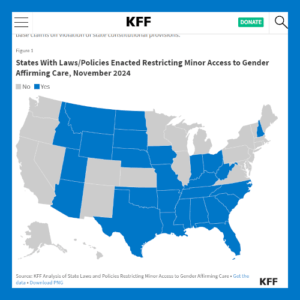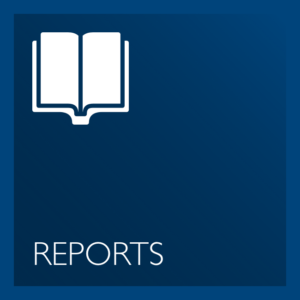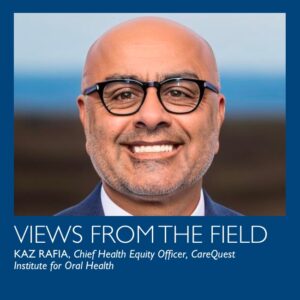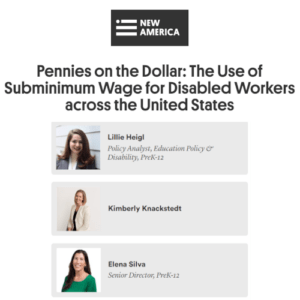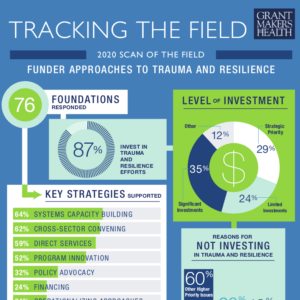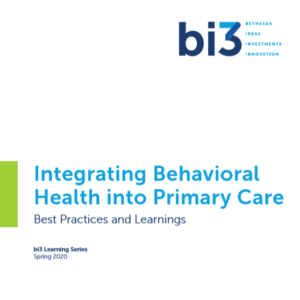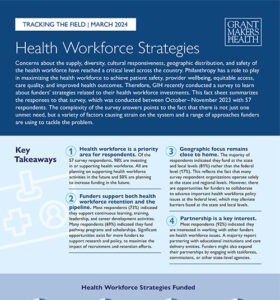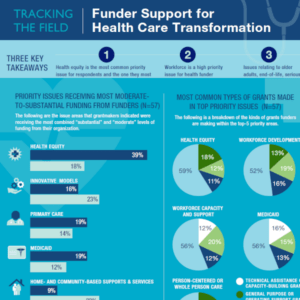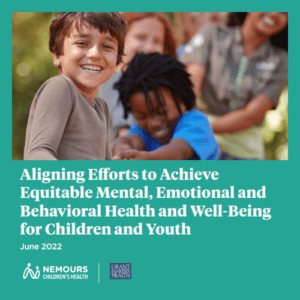Upcoming Events
Past Events
Featured Resources
Data Show That The Majority of Adult Medicaid Enrollees are Working
Amid renewed interest in Medicaid work requirements as part of a broader legislative package designed to significantly reduce federal Medicaid spending, KFF has updated its analysis of the work status and demographic characteristics of Medicaid enrollees with the latest data.
Youth Access to Gender Affirming Care at the Supreme Court: What to Know
Ahead of December 4 arguments in a Supreme Court case (U.S. v. Skrmetti) challenging the constitutionality of Tennessee restrictions for gender affirming care for minors, KFF explores the background of the case and potential rulings.
Explore Access and Quality Topics
Latest Resources
Addressing Secondary Traumatic Stress: Philanthropy’s Role in Fostering Grantee Resilience
Grantmakers Concerned with Immigrants and Refugees recently conducted a national research study on models and promising practices in addressing secondary traumatic stress. The full report and funder summary provide an important review of the field and recommendations on how funders can best support grantee organizations.
Funder Approaches to Trauma and Resilience
Survey Results and Implications for Health Philanthropy
Healing Justice Guidance to Philanthropy During COVID-19, the Uprisings, and Beyond
Funders for Justice Healing Justice Strategy Group members recently released strategic guidance for funders on how to incorporate a healing justice lens into grantmaking.
Mental Health and Substance Use State Fact Sheets
Kaiser Family Foundation recently released national and state-level data on mental health both before and during the coronavirus pandemic.
Integrating Behavioral Health into Primary Care Best Practices and Learnings
A new resource from GIH Funding Partner, bi3, shares best practices and lessons learned from their integrating behavioral health into primary care grant initiative.
Publications and Reports
2024 Survey Summary: Health Workforce Strategies
Concerns about the supply, diversity, cultural responsiveness, geographic distribution, and safety of the health workforce have reached a critical level across the country. Philanthropy has a role to play in maximizing the health workforce to achieve patient safety, provider well-being, equitable access, care quality, and improved health outcomes. Therefore, GIH recently conducted a survey to learn about funders’ strategies related to their health workforce investments.
Funder Support for Health Care Transformation
This infographic summarizes the responses to a Grantmakers In Health funder poll, conducted October 2022, on how philanthropy is supporting health care transformation efforts, especially those concerned with improving quality of life, coordinating complex care, and taking patient preferences into account.


